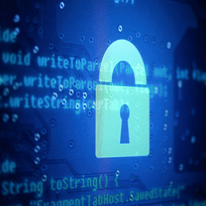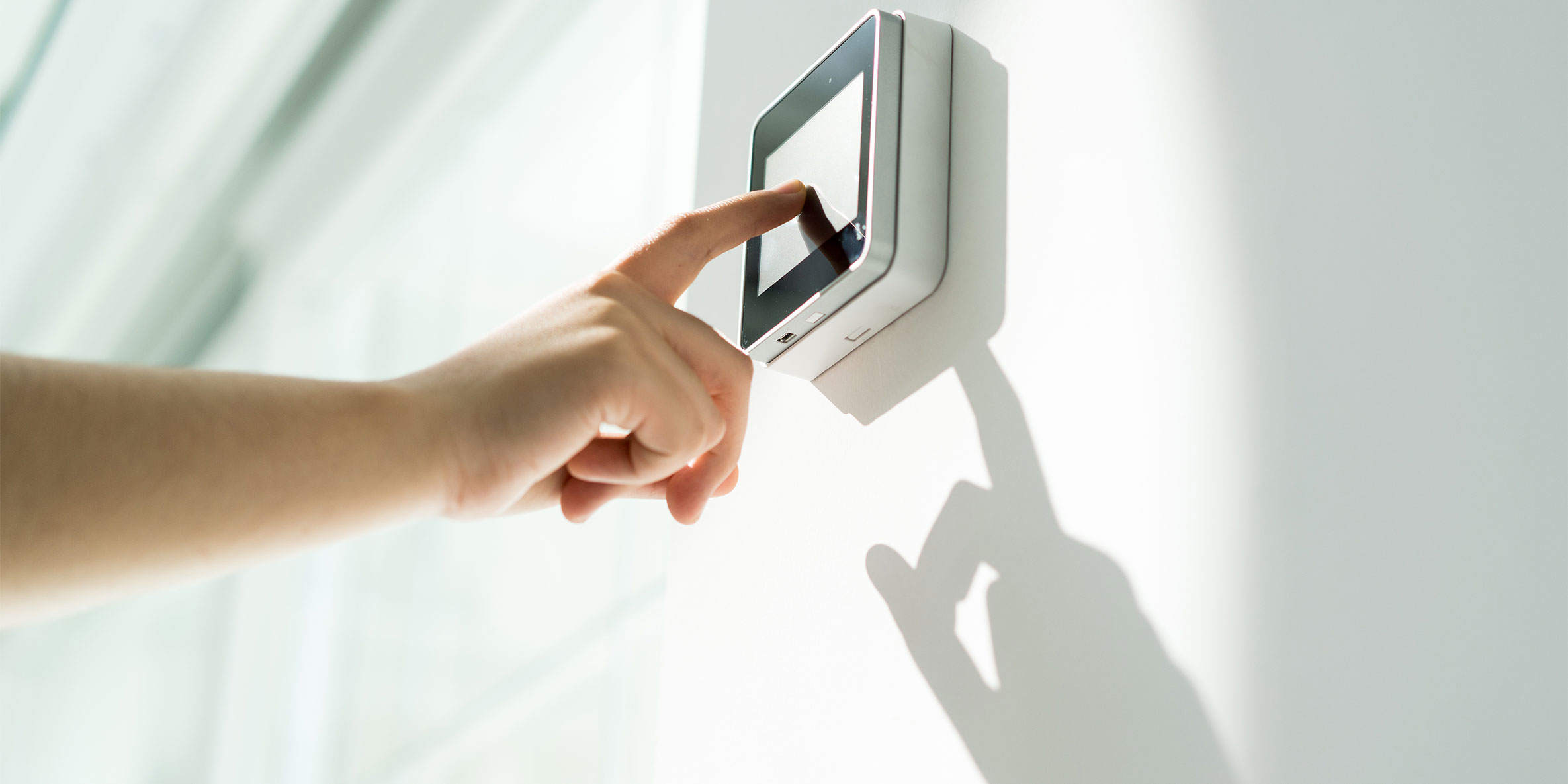From smart lights to alarm systems and thermostats, the Internet of Things (IoT) has made it possible for us to connect virtually every feature in our home. However, researchers have revealed countless vulnerabilities in smart home automation systems, which has rapidly generated media attention.
USA Network’s Mr. Robot portrays real-life scenarios of hacking situations. The season two premier was no exception as it depicted a homeowner’s worst nightmare: a smart home slowly being taken over by hackers.
While the episode featured an apartment with more advanced technology than most existing smart homes, the show raises awareness of legitimate security threats facing homeowners today and teaches the importance of protecting your automation system with IT security.
With nearly one million new malware threats released each day, homeowners cannot afford to leave their homes unprotected. Below, we provide three ways to protect your smart home from cyber threats.
1. Secure The Network
An unsecured network could provide an easy way for hackers to access all devices connected to your network. Homeowners should invest in a router, change its default password and constantly update its firmware to protect their home automation system.
Furthermore, homeowners can secure their network with:
- Encryption. Set your router’s encryption setting to scramble content sent wirelessly for better data protection.
- Restricted access. Filter out suspicious traffic with a firewall and antivirus software.
- Strong passwords. Set complex, unique passcodes for both Wi-Fi and router access.
- Two networks. Create separate networks for connected devices and personal electronics (e.g., smartphones, tablets and computers).
2. Keep Devices Up to Date
Outdated software and browsers support older encryption technology, making your system more vulnerable to cyber attacks. To ensure optimal protection, schedule regular update checks on all connected devices in your home.
Additionally, consider taking the following actions to further safeguard your home automation system:
- Upgrade smart devices when new software becomes available.
- Avoid clicking on suspicious links or emails.
- Retire devices that do not protect against exploits.
Even the smallest software updates provide additional security against new cyber threats. Keep your home automation system secure by ensuring all software is up to date.
3. Work with Professionals
Despite best efforts, these systems are susceptible to cyber attacks, potentially putting your home and family at risk. Guarantee your home is properly protected from digital threats by contacting a reliable professional to install and monitor security equipment.
When choosing a vendor to safeguard your smart home from cyber attacks, consider hiring a company that:
- Offers Z-Wave Certified devices. Certify devices have been tested rigorously to meet home security standards.
- Receives positive feedback from customers. Select a company that is reputable.
- Respond promptly to security questions you might have. Provide full transparency on data storage, the security of network operations centers and encryption.
In reality, devices that fall under the IoT category will always have vulnerabilities. However, by understanding the risks and using these tips, you can ensure your smart home is as secure as possible.
How do you ensure your smart home equipment is secure? Share in the comment section below.



